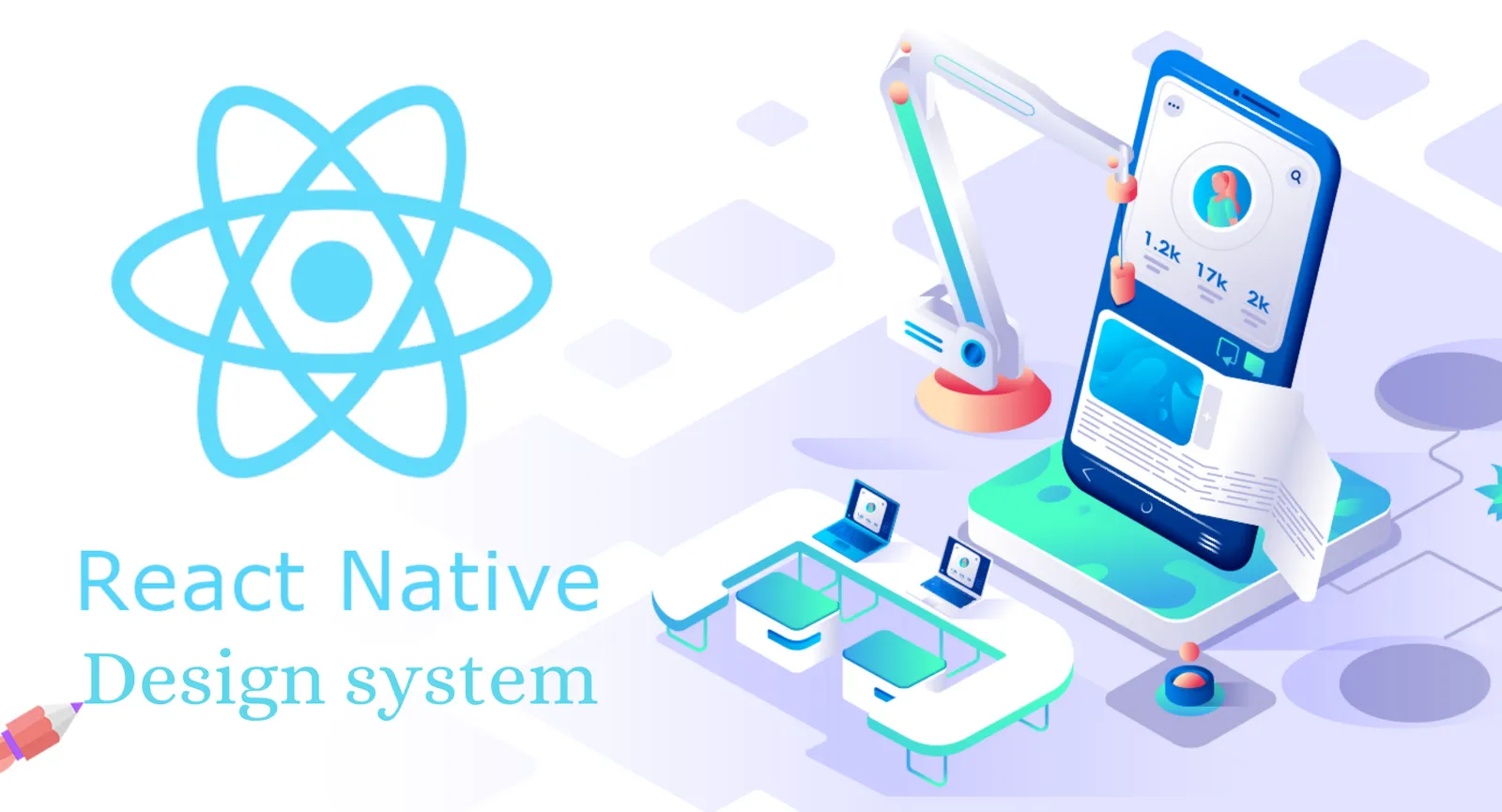Design Systems For Your App Using React Native
As software development is a complex multi-step process that demands plenty of time and energy, businesses frequently meet difficulties such as:
-
A lot of time is consumed on design and development.
-
It isn’t easy to support multiple current products at the same time.
-
There are no universal user interface design guidelines that can present precise guidelines for creating excellent user interfaces.
So here is the concept of a design system: a set of rules, limitations, and policies executed in layout and code. It enables you to create truly marvelous outcomes faster, thereby reducing costs.
Design system
The design system is a guide that helps the development/design team create products with the same features. Basically, its volume depends on the system itself. Perfect One includes necessary typography, coloring themes, layouts, and custom elements. These elements support the development team to build a consistent output without making mistakes.
Visualize creating multiple products under the same label, each created under different conditions: time, equipment, goals, etc. This makes them look distinctive and confuses users of your product. They all see different colors, sources, and ingredients.
They will not associate the appearance of your product with your label, so they will not remember it. You might be having a question in your mind, “What should I do to avoid this?” “How to manage the continuous brand connection between different products?”
The answer is: build a design system. One of the most valuable features of a brand is managing the consistency of the design, and the design system is a good foundation for accomplishing this goal. This will allow your users to recognize the brand in the way you want to.
What are the advantages of adopting a design system?
1. Saves time
Your developers don’t have to build designs from scratch laboriously. You can use their library to create designs. This is similar to developers. You only need to paste the previously created elements into the code. The time required for web and mobile development is greatly reduced.
2. Overcome errors
Using a well-designed design system, you can ensure that your developers incorporate well-tested elements into the reference code of your output.
3. Increase your satisfaction
As you reduce developing time, complete a steady design, and provide verified code, your satisfaction will increase.
Tools for implementing a design system in React Native development.
1. Storybook
Storybook is a user interface developing an environment and a playground for user interface elements. This tool allows developers to build their components and display them interactively in remote developing conditions. You can generate UI elements independently without bothering about the specifications and necessities of the application.
2. Zeplin
Zeplin is a collaborative application for developers and technicians that simplifies the handover process by automatically generating custom designs, specifications, and resources. Basically, we use Zeplin to “transform” the pattern in React Native code.
3. IcoMoon
IcoMoon is a symbol library that allows programmers to create and use their symbol packages. In this case, the tool assists in controlling the deployment of designs with dozens of customizable figures. You can’t use the reactsvg unit to achieve them. It will need several effective days. So by using Icomoon, you will be able to add all the necessary images to the mobile project in a matter of seconds.
4. Jest
Jest is a testing structure for React Native Apps. With Jest, you can test the behavior of any element and deploy well-tested error-free code.
5. Stylized elements
Stylized components enable users to compose CSS styles and convert them to React Native styles. If you decide to use fashionable details as the central style picture, your element will contain sufficient logic, so you should select if you want to leave at least some calculations in the custom element or not.
6. Patchpackage
Patchpackage enables application designers to fix npm dependencies immediately. For example, some elements need custom behavior; by using npm dependencies, you can create these elements, but their overall scope will not meet your needs. Patch-package will let you modify the reference code of dependencies and meet these requirements.
7. Reactnativesvg
Reactnativesvg is a package that allows users to use SVG in React Native apps. Your layout system will require some custom SVG, such as circles, paths, intersections, etc. For this, you can choose the renatesvg package, which you can use to implement all custom vectors.
8. Reactnativeshadow
Reactnativeshadow is a package that allows clients to implement custom shadows on Android. There is no problem getting custom shadows on iOS. React Native provides platform-independent shadow appearance, volume, and obscurity adjustments. It looks completely modified on the platform. React Native only provides a shadow style attachment, Elevation.
Limitations when using the layout system in React Native
- Third-party software packages
- Visual regression analyses
- Complex charts
To conclude, the design system is a very strong tool. If you want to hire React Native developer for your next project, they must be well versed with the design collection of components and style guides that facilitates daily development automatically speeding up the development time and increasing application security. I would suggest you to use this system, especially if you want to create a large number of products under the same brand.
#reactnative #designsystem #mobileappdevelopment #framework #softwaredevelopment #agile
